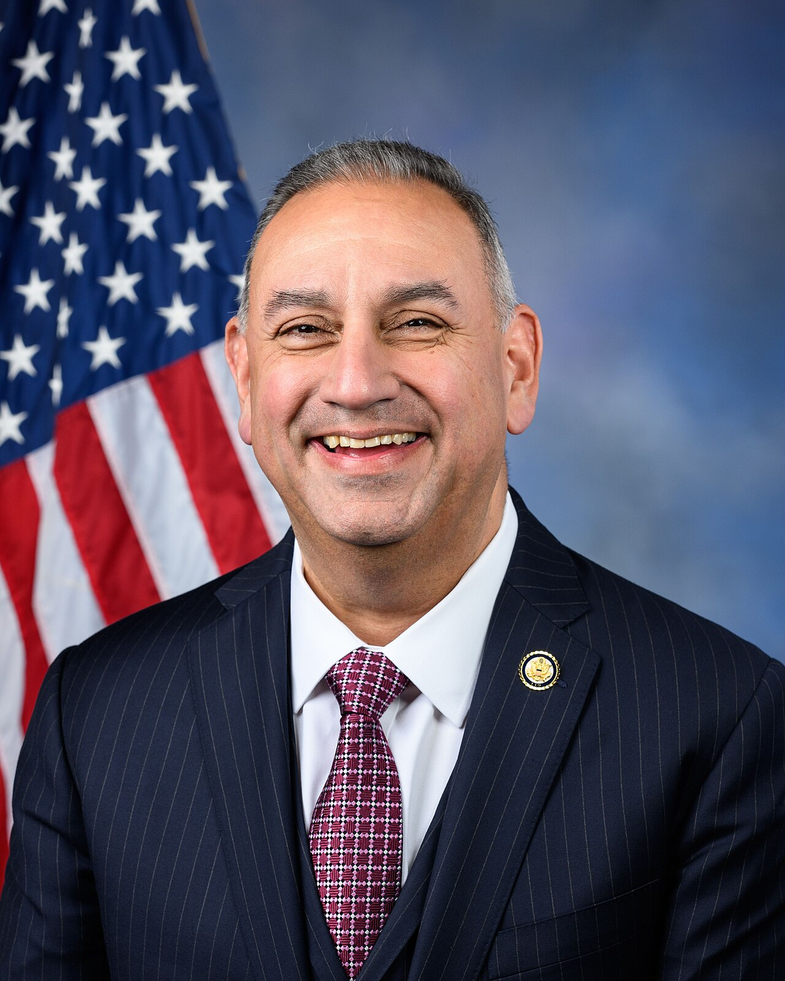S. 1902: Energy Threat Analysis Program Act of 2025
The bill known as the Energy Threat Analysis Program Act of 2025 aims to establish a program within the U.S. Department of Energy (DOE) focused on analyzing and responding to security threats against the energy sector. Below are the key components and functions of the proposed legislation:
Establishment of the Program
The Secretary of Energy is tasked with creating an Energy Threat Analysis Program which will:
- Set up a center for energy threat analysis and possibly additional facilities.
- Enhance awareness of threats to the energy sector's security.
- Conduct analyses to understand threats to this sector.
- Identify security measures to mitigate these threats.
- Support response efforts to energy sector incidents.
- Inform research and development to enhance energy security.
- Conduct additional security and resilience activities.
- Periodically test the emergency response capabilities of the DOE.
- Expand cooperation with the intelligence community regarding energy sector threats.
- Enhance monitoring tools for the energy sector.
- Increase industry participation in information-sharing efforts related to energy security.
Program Administration
The program will be directed by the Secretary of Energy, managed by the Office of Cybersecurity, Energy Security, and Emergency Response, and supported by the Office of Intelligence and Counterintelligence.
Functions of the Program
Some primary functions include:
- Supporting collaboration between the government and industry to enhance the security of the energy sector.
- Enabling the exchange of information on security threats to address national security, public health, and safety risks.
- Improving understanding of risks that adversaries could exploit.
- Facilitating collaboration around actual security incidents and threat activities.
Coordination with Other Agencies
The program will synchronize efforts with various federal agencies, such as the Department of Homeland Security, Department of Defense, and others involved in cybersecurity efforts.
Privacy and Confidentiality
Information shared under this program is deemed confidential and is exempt from public disclosure under applicable laws, which protects sensitive information related to threats and security measures.
Funding and Reporting
The bill authorizes up to $50 million in funding from fiscal years 2025-2029 to support the program's operations. Additionally, the Secretary of Energy is required to submit annual reports to Congress detailing the program's achievements and areas for improvement.
Duration of the Program
The Energy Threat Analysis Program is set to terminate ten years after the bill's enactment.
Exemptions
The program is exempt from certain federal advisory committee requirements and is not allowed to involve any entities classified as a concern in national security contexts.
Relevant Companies
- NEE (NextEra Energy, Inc.): As a major player in renewable energy and electricity generation, NextEra may be involved in information sharing and collaboration with the DOE to enhance their security operations and address potential threats to their infrastructure.
- DUK (Duke Energy Corporation): Being a significant utility company, Duke Energy could be impacted as it may need to align its internal security measures with findings from the DOE’s threat analysis program.
- EXC (Exelon Corporation): Exelon operates in the energy sector, and its operations may be subject to enhanced scrutiny and collaboration protocols as part of the energy security objectives of the program.
This is an AI-generated summary of the bill text. There may be mistakes.
Sponsors
2 bill sponsors
Actions
2 actions
| Date | Action |
|---|---|
| May. 22, 2025 | Introduced in Senate |
| May. 22, 2025 | Read twice and referred to the Committee on Energy and Natural Resources. |
Corporate Lobbying
0 companies lobbying
None found.
* Note that there can be significant delays in lobbying disclosures, and our data may be incomplete.


























